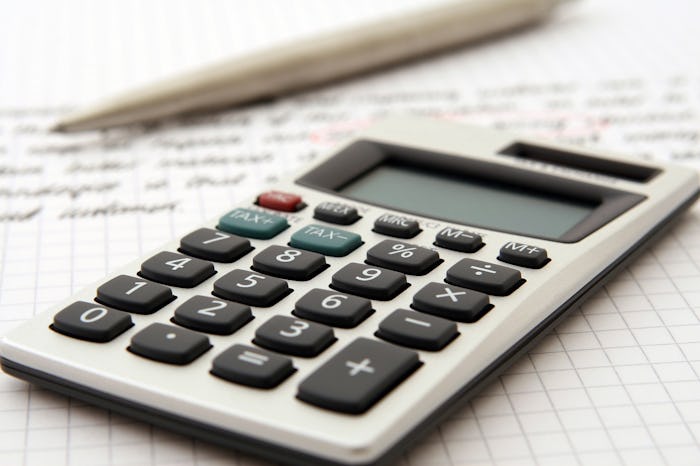News

How To Calculate Your Tax Refund
Filing taxes each year is one of those not-so-fun things that you have to do as an adult. Although it's an especially gloomy and tedious experience if you learn you owe the government more money, it can be borderline fun if you find out you have a refund coming your way. Getting a refund check in the mail feels like free, extra money, even if it's not really. Knowing how to calculate your tax refund can help you determine if you have enough money to make a specific purchase or payment on something, or just boost your spirits a bit at the thought of the impending arrival of your check.
First, some refund-related clarity. As explained by FiveThirtyEight, tax refunds aren't extra money, but rather money that you overpaid to the government previously. Therefore, the money was really yours all along — you were essentially just lending it. So how does the government calculate how much you're supposed to receive or pay? According to the certified public accountant Mike Piper's blog, Oblivious Investor, your potential tax refund is calculated by subtracting your total federal income tax for a given year from the amount that was withheld from each of your paychecks. That's also how the amount you have to pay (if that's what happens) is calculated. If the amount of federal income tax is greater than what was withheld, you owe the difference. But that makes it sound super easy. How do you get those numbers?
According to The Cheat Sheet, you can calculate a prediction of what your refund might be if you have your December pay stub. That stub (or stubs) should give you an idea of how much taxable income you made that year, as well as how much was withheld due to federal and Social Security withholding. If you want to do things "the easy way," you can use an online tax calculator, like the one provided by Jackson Hewitt. All you have to do is input all of your information into the system and let it do its thing. Then it'll give you the amount that you're estimated to receive as a refund. Alternatively, you can estimate your potential refund using a federal tax form from the IRS, Form 1040. It functions the same as if you used a digital tax calculator, but you actually have to fill it out yourself and do a little bit of fairly basic math. The number, however, should end up the same.
Still, it's only an estimate, so the amount you actually receive may be slightly different than what your calculator told you. Your potential state refund can be calculated the same way, using state numbers instead of their federal counterparts.
Ultimately, while Tax Season isn't most people's favorite part of the year, it's much better if you get a refund at the end. Calculate your expected refund and let that little burst of excitement carry you right on through.